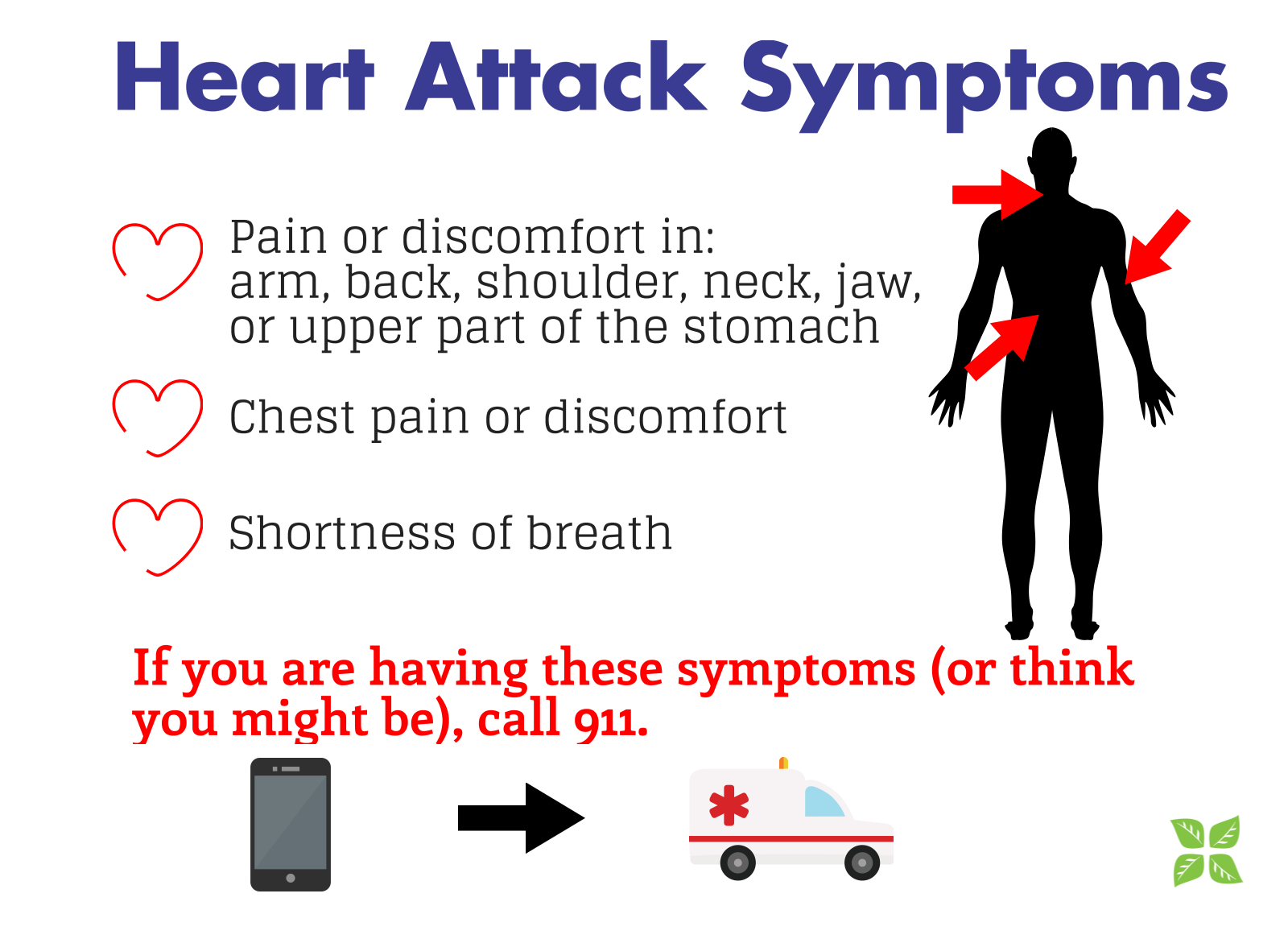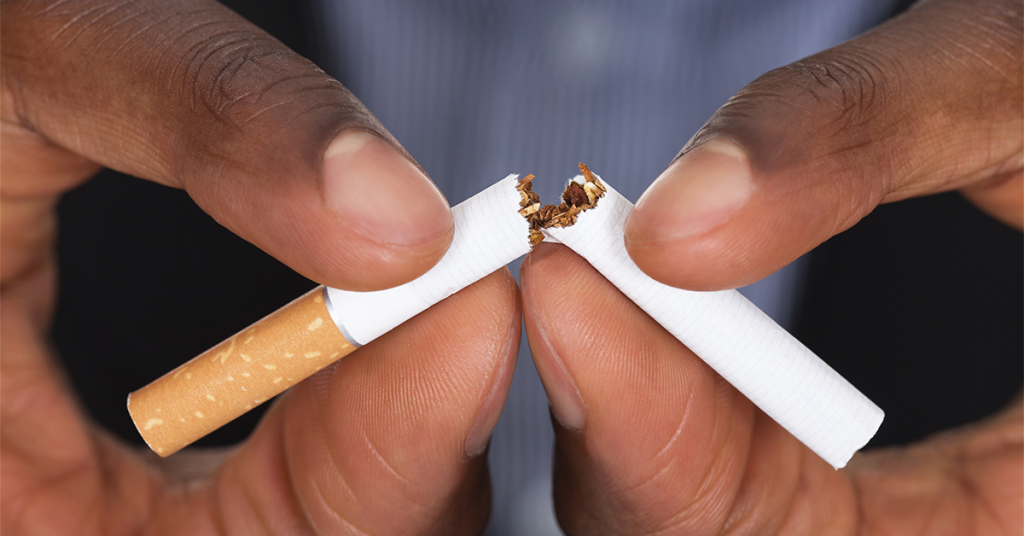 It’s been a few hours since you ate lunch, and your mind starts wandering to thoughts of deliciously salty snacks like chips, salted almonds, or maybe crackers with a few slices of cheese. As long as you keep the portions small, it shouldn’t be too big of a deal, right? Not so fast, says Daphna Steinberg, clinical dietitian at Sunnybrook.
It’s been a few hours since you ate lunch, and your mind starts wandering to thoughts of deliciously salty snacks like chips, salted almonds, or maybe crackers with a few slices of cheese. As long as you keep the portions small, it shouldn’t be too big of a deal, right? Not so fast, says Daphna Steinberg, clinical dietitian at Sunnybrook.
“Adults should limit their sodium intake to no more than 2000mg per day,” Steinberg says. This seems like a number that is easy enough to work with, until you realize how much sodium is in some common food products:
- 1 Bick’s garlic dill pickle= 480mg
- 1 thick slice of cheddar cheese= 462mg
- 2 tbsp of smooth peanut butter= 149mg
- 75g of smoked salmon (lox)= 1500mg
- 2 slices of cooked Maple Leaf ham= 770mg
- 1 tbsp VH regular soy sauce= 1160mg
And let’s not forget salt itself. Just one teensy-tiny teaspoon has 2373mg of sodium. That alone puts you nearly 400 mg over the recommended daily intake!
“Adults should limit their sodium intake to no more than 2000mg per day,” Steinberg says.Overdoing it on your salt intake can eventually cause health issues like high blood pressure, also known as hypertension.“Hypertension means there is too much pressure in the blood vessels, and this can cause serious health problems like strokes, heart attacks, heart failure and kidney failure,” says Steinberg. Anyone can develop hypertension, although it is more common in diabetics and those who are older. Once you develop hypertension, there is no turning back- you will likely be managing it for life.
Steinberg has a few simple tips to help reduce sodium intake:
- Take the salt shaker off the table. It doesn’t matter if it’s sea salt, kosher salt, Himalayan salt or fleur de sel
- When cooking, replace garlic, onion and celery salt with the fresh product or powder
- Rinse any canned products, like beans
- Limit foods that have been pickled, processed, cured, smoked or salted
- Limit your consumption of canned soups, sauces, gravies and dressings
- Avoid MSG and brine, as well as salt substitutes (No Salt, Nu Salt, Half Salt), unless approved by your physician or dietitian
- Avoid foods that have visible salt, like salted nuts, potato chips, salted pretzels and crackers.
- If any of the following terms appear in the top 5 of the list of ingredients, avoid the product: sodium, brine, baking soda/powder, kelp or soy sauce.
Look for products that have reduced sodium options, like ketchup. Here’s a look at a few products you could swap to make a big difference in your sodium intake:
- 1 tbsp of Heinz low sodium ketchup has 60mg of sodium (vs. 140mg in the original version)
- 2 tbsp of natural peanut butter has just 2mg of sodium (vs. 149mg in smooth peanut butter)
- ½ cup of fresh mushrooms have only 3mg of sodium (vs. 350mg in canned mushrooms)
- ¼ cup of unsalted almonds have no sodium (vs. 119mg in salted almonds)
In honour of World Salt Awareness Week this week, see if you can make a few small changes in your diet- your body will thank you for it.
----
View the post Are you eating too much salt? on Sunnybrook's Your Health Matters blog.



































